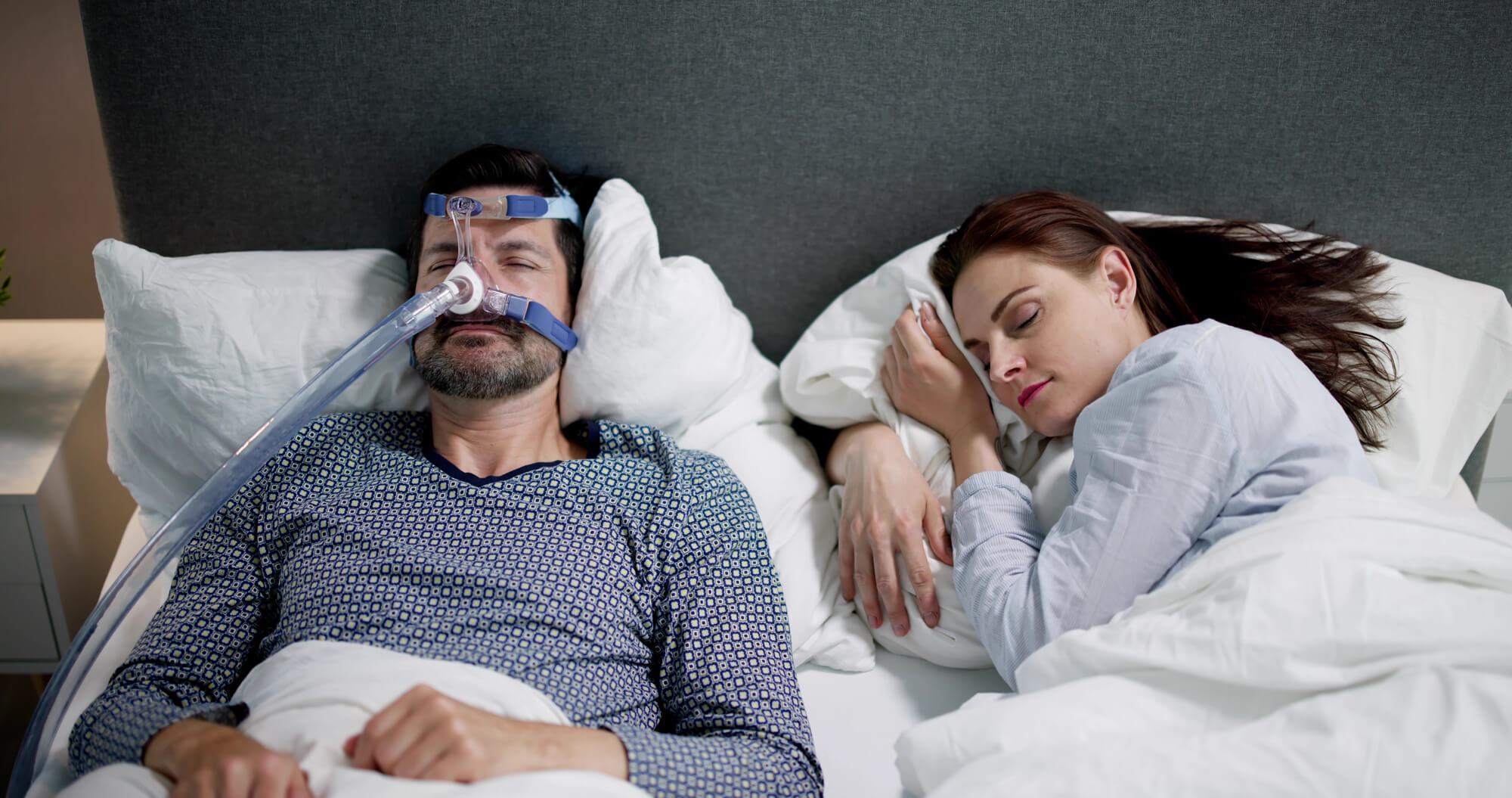- About Us
- Patient Resources
- EXPERTISE
ORTHODONTICS AND DENTOFACIAL ORTHOPEDICS
- TECHNOLOGY
- Blog
- Contact
Upper airway resistance syndrome (UARS) is a condition often overshadowed by its more recognized counterparts, such as obstructive sleep apnea (OSA). Yet, this disorder has a profound impact on the sleep quality and daily functioning of those who suffer from it.
Patients with UARS experience heightened resistance to airflow during sleep and present symptoms akin to both OSA and habitual snoring, but with distinct diagnostic criteria and treatments. With effects like disrupted sleep patterns and chronic fatigue, the repercussions of UARS extend beyond the night, influencing daytime performance and well-being.
Whether you’re seeking clarity on your own symptoms or aiming to understand a loved one’s struggles, we will explore the symptoms, causes, diagnosis, and treatment options for UARS, offering insights into the potential consequences if left untreated.

Upper Airway Resistance Syndrome (UARS) was initially recognized and described at Stanford University. It shares similarities with obstructive sleep apnea (OSA) in terms of the relaxation of soft throat tissues, which leads to a narrowing of the airway during sleep. The narrowing results in disrupted sleep patterns and subsequent daytime impairment, including excessive daytime sleepiness.
While UARS resembles OSA, the increase in upper airway resistance experienced in UARS does not meet the criteria for diagnosing obstructive sleep apnea. However, the heightened effort required for breathing during episodes of increased resistance often triggers brief awakenings from sleep, which frequently go unnoticed by the person affected.
The interruptions to sleep during UARS, although brief, occur repeatedly throughout the night and cause impaired sleep quality similar to that seen in obstructive sleep apnea.
Determining whether one suffers from upper airway resistance syndrome can be challenging due to its symptom overlap with obstructive sleep apnea. While the symptoms of UARS closely resemble those of OSA, they are often milder in intensity.
One hallmark sign of UARS is frequent arousals from sleep, often triggered by the increased effort required for breathing due to narrowed airways. Those affected by UARS also commonly report the following:
Given the similarities between UARS and OSA, people experiencing these symptoms are encouraged to seek evaluation by a healthcare professional specializing in sleep disorders.
A comprehensive assessment, including a detailed medical history and a sleep study, can aid in diagnosing UARS and determining appropriate management strategies.
While upper airway resistance syndrome continues to be studied and understood, treatment options are available to alleviate symptoms and improve sleep quality.
Positive airway pressure (PAP) therapy, such as continuous positive airway pressure (CPAP), is a primary treatment for upper airway resistance syndrome.
With CPAP therapy, individuals wear a specialized mask during sleep, connected to a machine that delivers a continuous stream of air into the upper airway. The air pressure helps prevent the collapse of soft throat tissues, maintaining an open airway and facilitating regular breathing throughout the night.
For individuals who cannot tolerate PAP therapy, oral appliances offer an alternative treatment option for UARS. These devices, worn during sleep, work to prevent the collapse of soft throat tissues by repositioning the jaw or tongue.
In some cases, surgical interventions may be necessary to address upper airway resistance syndrome. Surgical procedures aim to enlarge the airway, reducing the likelihood of collapse during sleep.
Surgical options vary depending on individual needs and may involve procedures such as:
Weight loss can be an effective adjunctive treatment for UARS, particularly when combined with other therapeutic approaches. Excess weight can lead to increased deposition of fat around the upper airway, resulting in airway narrowing and exacerbating symptoms of upper airway resistance syndrome.
By achieving and maintaining a healthy weight through diet and exercise, individuals may experience improvements in airway function and reduction in symptoms.

For professional assistance in diagnosing and treating Upper Airway Resistance Syndrome (UARS), we encourage you to reach out to the specialists at Sunrise Orthodontics and Airway and Sleep Group. Contact us today to schedule an appointment or learn more!
Admit it. You think all orthodontic offices are the same. Most are. We aren’t. We believe your experience should be something special.
Contact Us Today